Lycra and Lace
What is he looking at? The dancer in a blue biketard bounds around the stage, his curly hair flip-flopping as his head snaps right, left, and center.
Plus
World-class review of ballet and dance.
The 92NY hosted a star-studded evening of dance on March 12th with performances by the Limón, Martha Graham, and Alvin Ailey II companies, as well as contemporary choreographers Omar Román de Jesús, Jamar Roberts, and Hope Boykin. The evening celebrated the opening of “Dance to Belong,” a new exhibit at the 92NY that runs through October commemorating the organization’s 150th anniversary and its essential role in dance history. Introductions for the evening were given by Y CEO Seth Pinsky, chair of the board of directors Jody Gottfried Arnhold, and Misty Copeland, along with video introductions by Governor Kathy Hochul of New York and other local representatives. “It’s a birthday party!” Arnhold said.
Performance
Place
Words
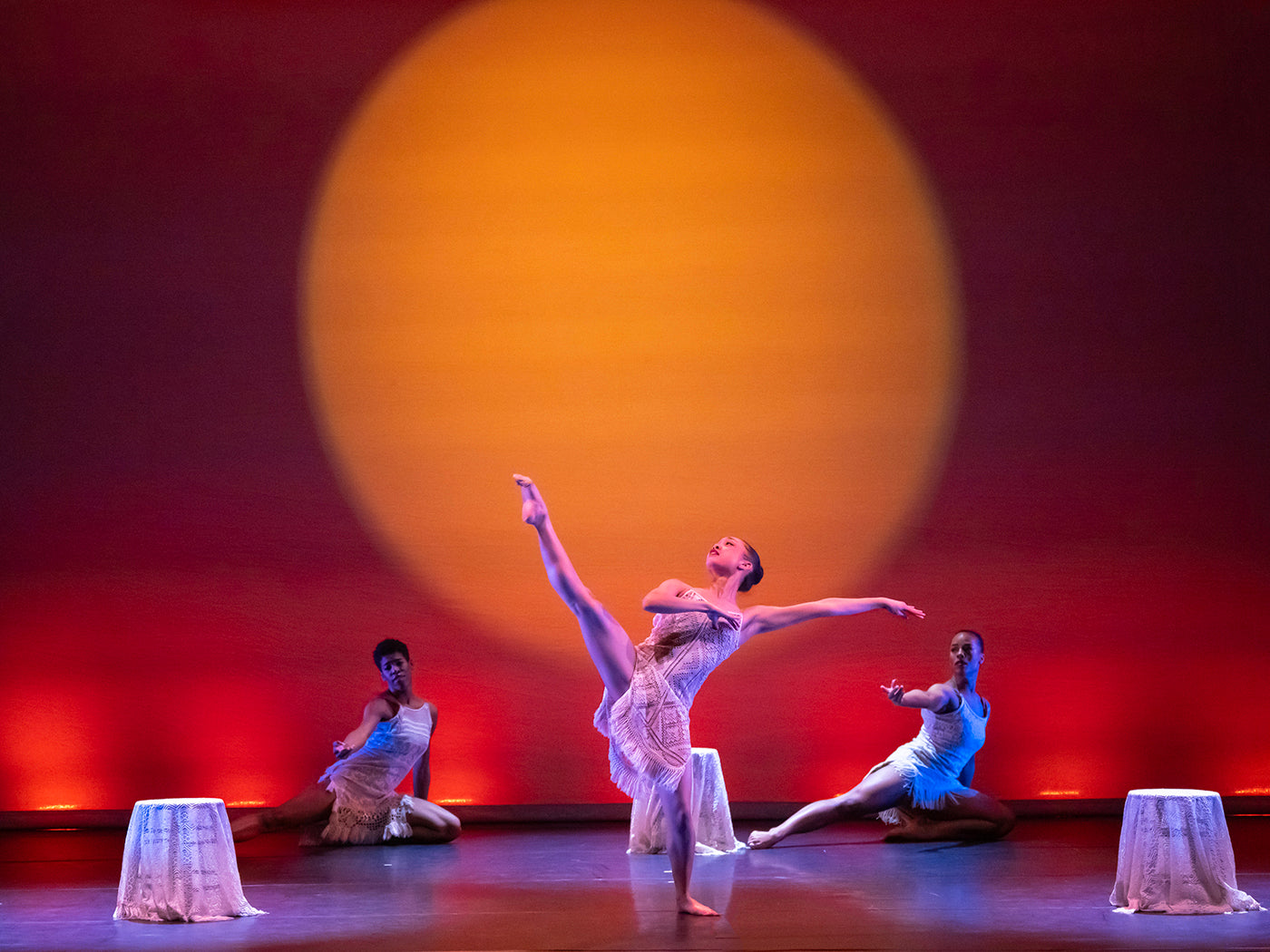
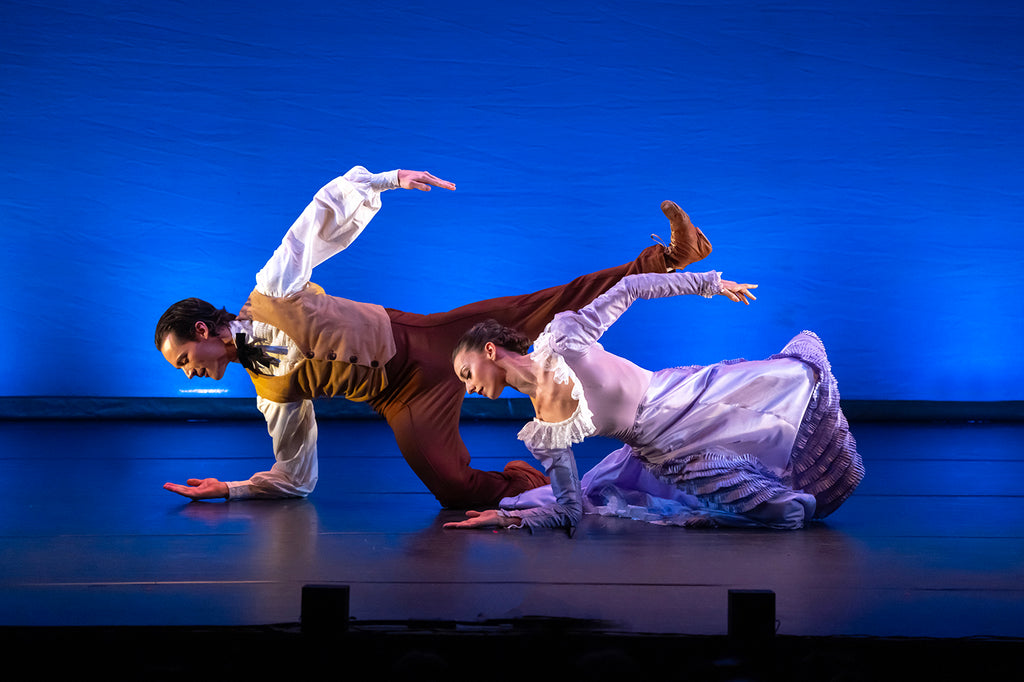
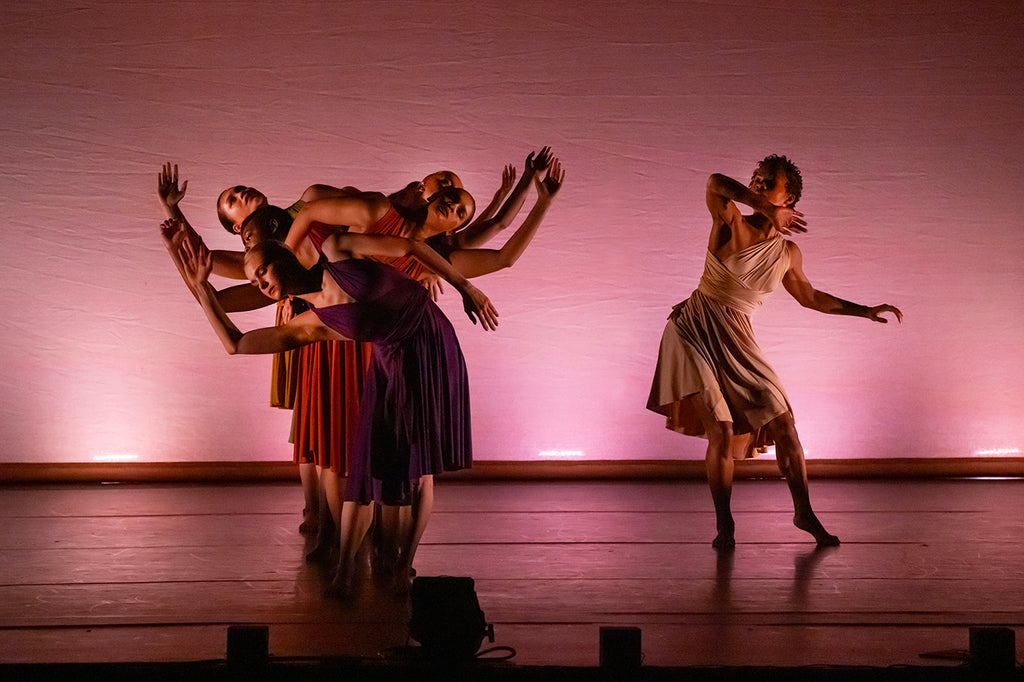
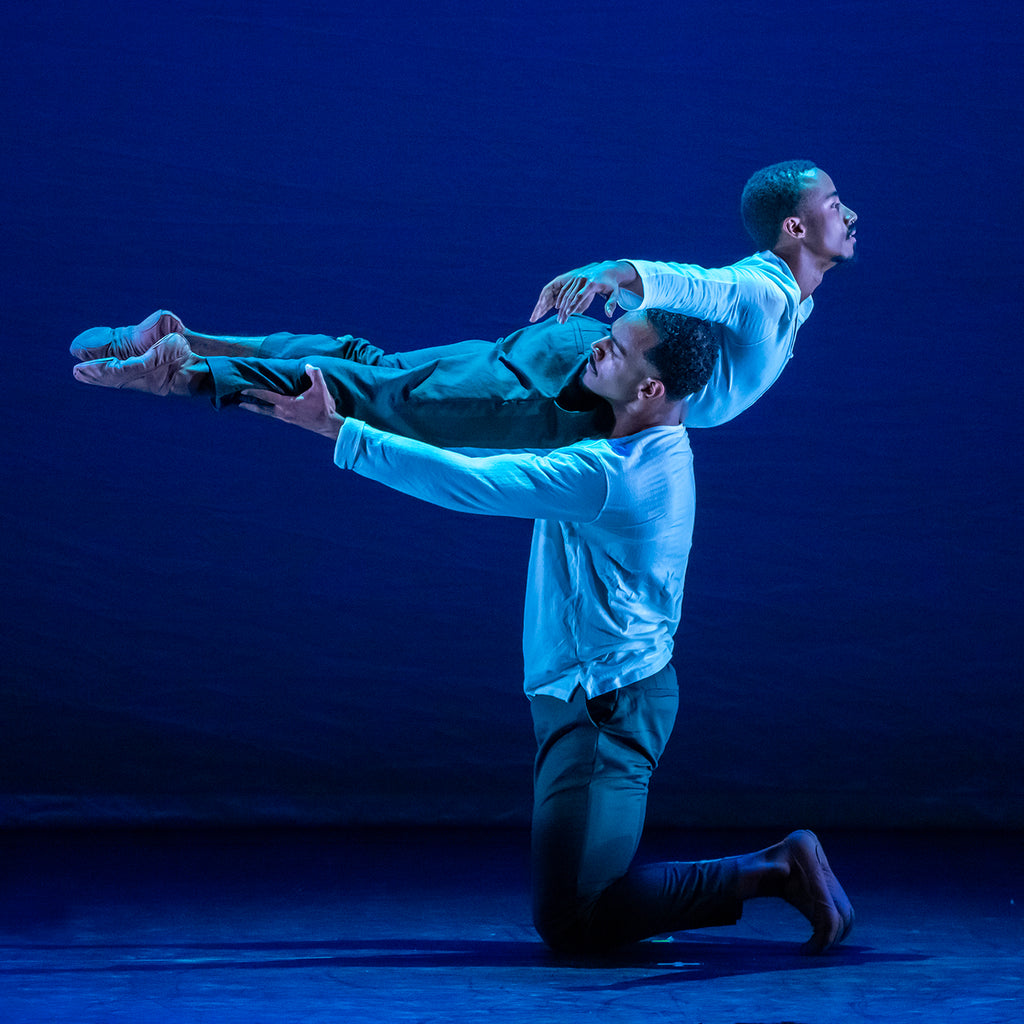
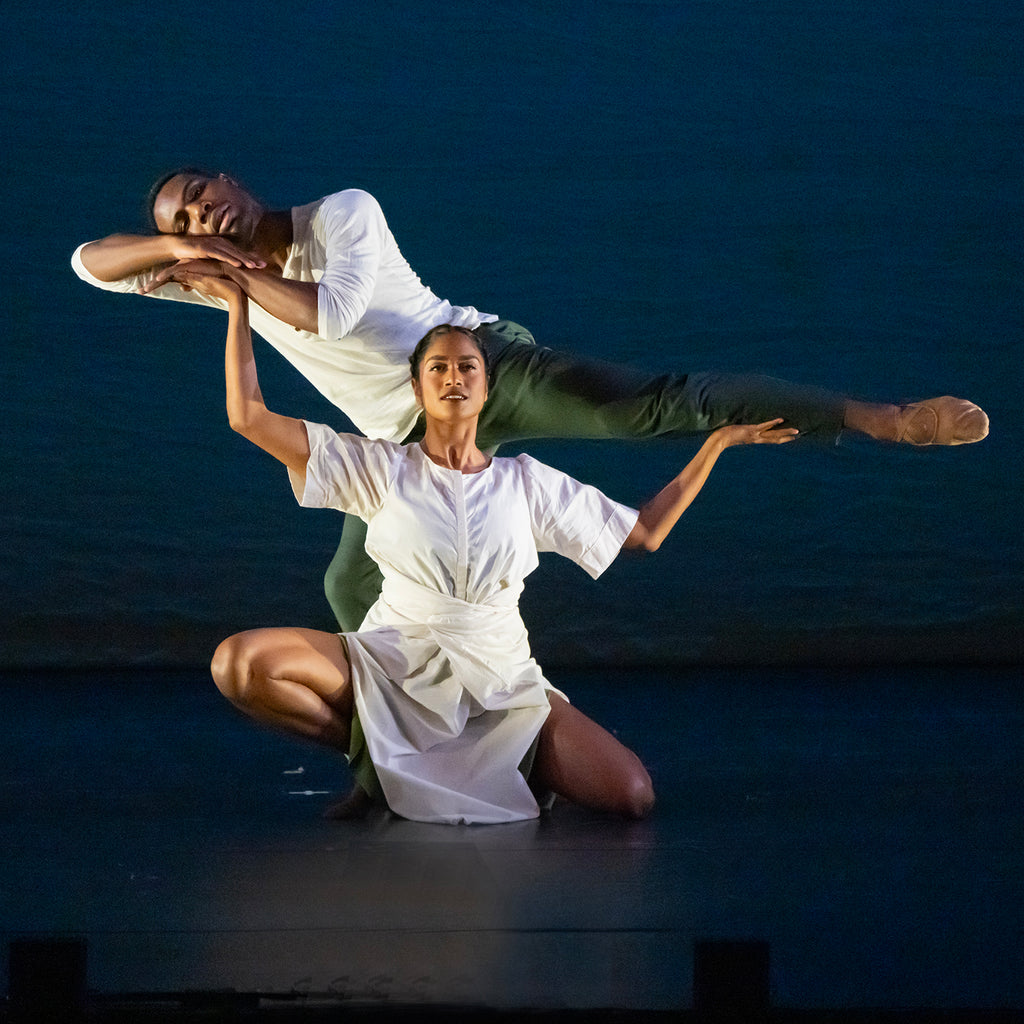
What is he looking at? The dancer in a blue biketard bounds around the stage, his curly hair flip-flopping as his head snaps right, left, and center.
PlusTwo performers crawl in on hands and knees wearing neon green, hooded coveralls—the lightweight papery kind made for working in a sterile environment—and clusters of balloons pinned to their backs.
PlusWill Rawls makes boundaries visible by defying them. Known for the disciplinary and topical range of his projects, the choreographer, director, and performer approaches issues of representation in “[siccer],” a multi-part, multi-site work co-presented by L’Alliance New York’s Crossing the Line Festival. A live performance at Performance Space New York accompanies a multimedia installation at the Kitchen, a book published by Wendy’s Subway, and an album published by the artist. With a creative process reaching back to 2018, the work delves explicitly into pandemic-era energies and inertias with focused intimacy and a pervasive sense of instability.
PlusIt is always interesting when multiple theme steps emerge over the course of a mixed repertory evening, but it is uncanny on one featuring five different ballets, each with a different choreographer and composer, covering a twenty-year span (2005-2025).
Plus
comments